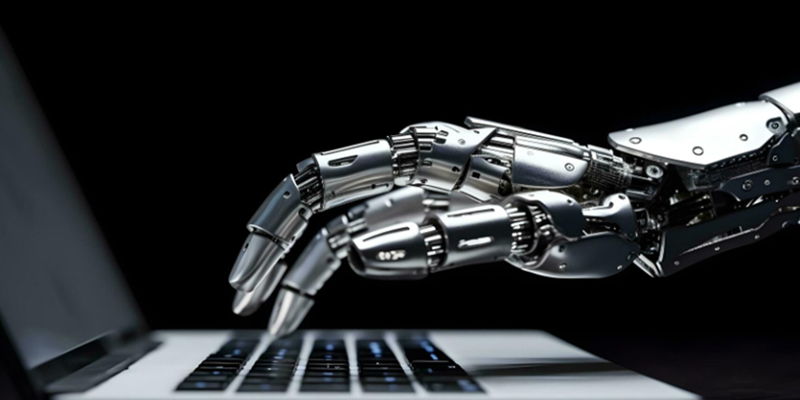In today’s digital age, computers have harnessed enormous power that has transformed every aspect of our lives. However, despite their capabilities, a significant portion of tasks performed on computers remains fairly routine. These repetitive tasks not only waste precious time but also drain cognitive skills that could be deployed more effectively. It is high time we find more efficient solutions to handle these mundane activities.
Introducing Robotic Process Automation
Fortunately, there is a promising alternative that offers a solution to automating repetitive tasks – robots! Specifically, software robots, known as Robotic Process Automation (RPA), provide a simple yet effective means of automating mundane activities. These robots are programmed to carry out routine tasks effortlessly, freeing up human resources and enabling them to focus on more complex and value-added work. By leveraging RPA, businesses can streamline their operations, increase efficiency, and reduce the cognitive workload on their workforce.
Challenges in Automating Processes
Automating processes is not without its hurdles. One major obstacle is the need for systems to communicate effectively and accurately. Achieving this seamless communication often requires overcoming numerous obstacles, such as compatibility issues and data integration challenges. Moreover, traditional process automation may not always be the most prudent business decision, considering the costs and potential drawbacks. Additionally, the scarcity of skilled engineers, who are more beneficially deployed on implementing cutting-edge AI capabilities, further complicates the automation process.
Repetitive Tasks in Data Science
Even in the field of data science, where advanced analytics and machine learning thrive, data scientists often find themselves spending substantial amounts of time on repetitive tasks. These tasks, such as data cleaning and preprocessing, can be time-consuming and monotonous. As a result, valuable time and cognitive resources that could be devoted to more impactful and creative aspects of data science are wasted. To fully harness the potential of data scientists, there is a clear need for automation in this domain.
The Role of the Data Science Community
As the demand for automation grows, the data science community will play a pivotal role in leveraging RPA to its full potential. With their expertise in advanced analytics and machine learning, data scientists can contribute immensely by marrying intelligence with automation. They can develop sophisticated algorithms that enable software robots to perform more complex and intelligent tasks. By exploring innovative ways to integrate automation into data science workflows, the data science community can drive progress and spearhead advancements in RPA.
The Growth of Robotic Process Automation
Robotic Process Automation has swiftly emerged as the fastest-growing branch of enterprise software. Businesses across industries are recognizing its potential to significantly improve efficiency and reduce operational costs. The simplicity and effectiveness of software robots make RPA an attractive choice for automating routine activities. As more organizations adopt RPA, the global market for this technology has been experiencing exponential growth. This upward trend is indicative of the growing realization that RPA is a game-changer for achieving operational excellence.
In conclusion, leveraging Robotic Process Automation offers immense possibilities for streamlining repetitive tasks and boosting operational efficiency. By automating routine activities, businesses can channel their resources and skills into more strategic and creative endeavors. The data science community, with their expertise and understanding of intelligent technologies, is well-positioned to lead the way in integrating intelligence with automation. As Robotic Process Automation continues to thrive, it has the potential to reshape industries, empower the workforce, and pave the way for a more productive future. Enabling software robots to handle repetitive tasks allows humans to focus on what they do best: solving complex problems and driving innovation. Let us embrace the power of automation and embrace a future where routine tasks are effortlessly handled by our robotic allies, leaving us with more time and brainpower to shape a truly intelligent and productive world.

